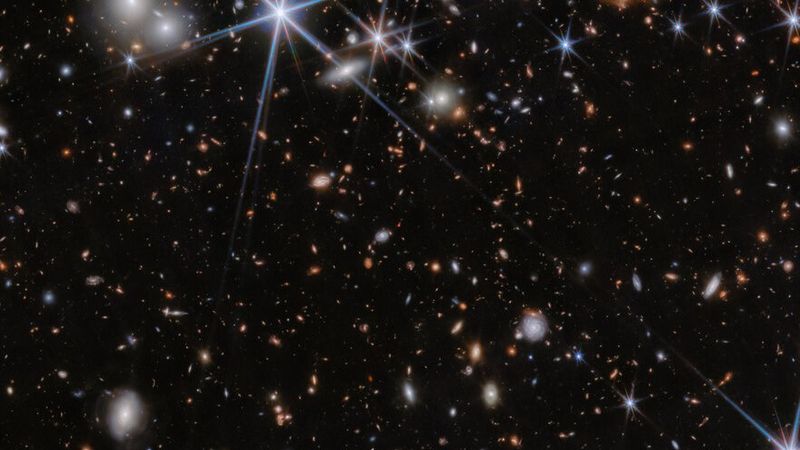Astronomers have discovered a lonely star undergoing a curious growth spurt in the Milky Way, challenging many ideas on how stars are formed. It is more than 1,000 light-years from the nearest stars we can see.
The object is called CX330, and it’s believed to be a very active young star with strong emissions (from X-ray to infrared) that's surrounded by a lot of warm dust. Its location is surprising, since we don’t expect to find young stars isolated from gas clouds.
CX330 was first discovered as an X-ray source, with further observations revealing a visible light counterpart. According to the research, published in the Monthly Notices of the Royal Astronomical Society, CX330 resembles a class of variable stars called FU Orionis, which tend to go through intense jumps in luminosity as material from the protoplanetary disk falls onto the star.
Lead author Dr Chris Britt, from Texas Tech University, and colleagues looked at infrared data for the region and discovered that not only is the star shrouded by dust, but it has become a few hundred times brighter in a matter of years.
The team thought a nova, a stellar collision, or an extragalactic source might explain this curious behavior, but all those hypotheses didn’t quite cut it.
"We tried various interpretations for it, and the only one that makes sense is that this rapidly growing young star is forming in the middle of nowhere," said Britt in a statement.
This lonely star is more compact, hotter, and probably more massive than other FU Orionis stars, and it probably heats up its disk of material more quickly.
"The disk has probably heated to the point where the gas in the disk has become ionized, leading to a rapid increase in how fast the material falls onto the star," said Professor Thomas Maccarone, a study co-author also at Texas Tech.
While the increase in luminosity can be easily explained, its place in the galaxy remains puzzling, being more than 1,000 light-years away from the closest region of star formation. The star is very young (less than 1 million years old) and it is still eating through its disk, which suggests it must have formed near its present position.
"If it had migrated from a star-forming region, it couldn't get there in its lifetime without stripping its disk away entirely," Britt said.
The team suggests that CX330 formed in a small turbulent cloud that reached a critical density that only allowed one star to form. CX330 is an incredibly intense and isolated object, and it might represent the first example of a new population of stars never seen before.




